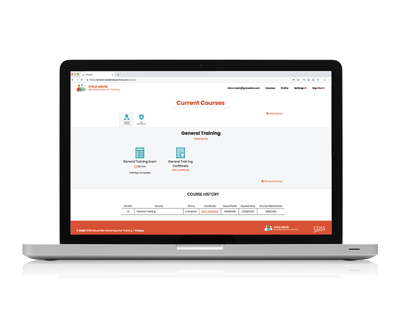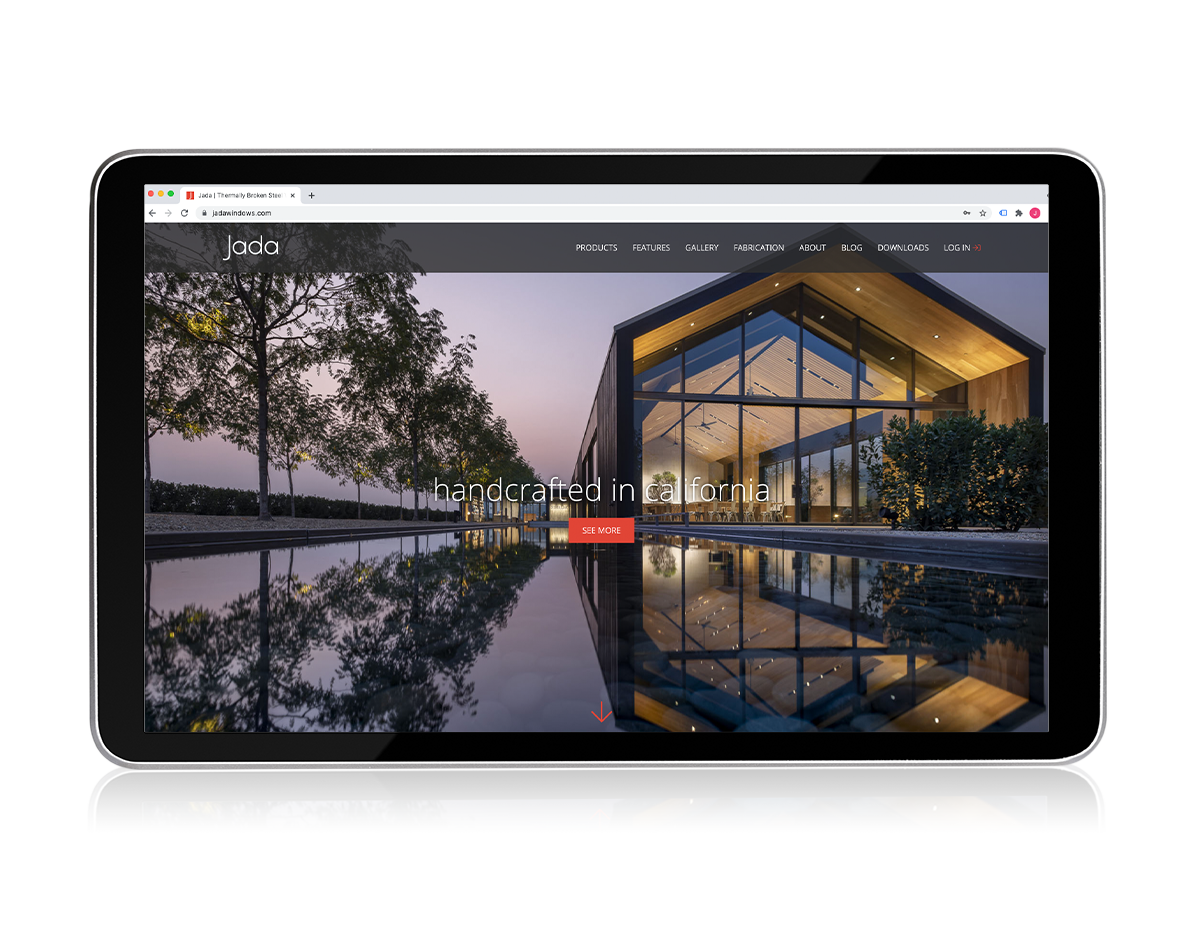

Developed in partnership with the California Department of Social Services (CDSS) and Office of Child Abuse Prevention (OCAP), the Child Abuse Mandated Reporter Training initiative provides online training for mandated child abuse reporters in California.
Child Protective Services is the major system of intervention for child abuse and neglect in California. OCAP administers federal grants, contracts, and state programs designed to promote best practices and innovative approaches to child abuse prevention, intervention and treatment. OCAP serves as a statewide source of information, developing and disseminating educational material regarding prevention/early intervention programs, activities, and research.

Objectives
- Learning Management System (LMS)
- Role-Based User Experience (UX)
- Online Trainings & Course Player
- Learner & Curriculum Metrics and Reporting
- User Account Creation and Login Functionality
- ADA and Accessibility
Requirements
- SCORM Compliant
- Analytics & Reporting
- Responsive Web Design
- Role-Based UX
- Learner Registration
- Accessible
- Persona Based Curriculum
- Custom Iconography
Specific Challenges
The Child Abuse Mandated Reporter Training platform is a heavily accessed website that offers training curriculum focused on child abuse mandated reporting for a variety of professionals, as well as the general public.
The previous Child Abuse Mandated Reporter Training site was fragmented, sending users to several unique websites to access trainings, followed by a survey-style exam, and certificates of completion emailed to the user. The entire process was inefficient and difficult to navigate, not to mention outdated, inaccessible, and non-responsive, causing a poor user experience. Additionally, users were not afforded an account in which to store their training progress, histories, or certificates. This proved to be a management issue for the CDSS team, as a number of support hours were dedicated to searching exam data and recreating certificates of completion.
Solution: Learning Management System
The first issue was clear, Child Abuse Mandated Reporter Training needed a Learning Management System (LMS). An LMS is a content delivery and management platform, responsible for the delivery, organization, and tracking of SCORM-compliant educational material.
You might be asking yourself, what does SCORM mean? SCORM stands for “Sharable Content Object Reference Model.” It’s a reference model that defines standards for constructing online training content so that it can be easily shared across systems. This makes it easy to create, share, and purchase content without needing to modify it for compatibility. Utilizing SCORM-compliant courses allows the Child Abuse Mandated Reporter Training course player to track user interactions, communicate and store that information in the LMS.
In addition to providing learners with access to training and account management, the LMS also provides users in administrative roles with tools for content management and data reporting, addressing the management issue the support team faced as well as allowing the opportunity to analyze data on specific learners, curriculum and time frames.
Improved User Experience and Accessibility
An equally important issue to resolve was improving the overall user experience on the site.
In addition to making obvious improvements, such as uniting the platform to a single website and allowing the website to be responsive (consumable at various resolutions on multiple devices), our team analyzed the audiences visiting the site to create persona-based experiences. This allows learners to self-identify with a persona (i.e. a school teacher, a child care provider, a volunteer) and follow a path to find trainings tailored to their professions. Trainings were also organized into a linear and predictable curriculum path, so users would know exactly what's ahead and how far until certification, storing history in the user's learner account along the way.
Accessibility was also a key requirement from CDSS. The Child Abuse Mandated Reporter Training site includes advanced functionality allowing visitors with disabilities to view the site in alternative ways, making the content easier to access and view. Site users can toggle between site colors and high contrast colors, increase and decrease the font size, as well as translate the site into a number of languages. Child Abuse Mandated Reporter Training also follows Web Content Accessibility Guidelines (WCAG) and best practices.
Finally, Child Abuse Mandated Reporter Training is a public-facing website that receives a high volume of daily traffic throughout the state of California, issuing nearly 200,000 certificates in the first year, with over 300,000 registered users. The new California Child Abuse Mandated Reporter Training platform expedites, simplifies, and standardizes training and certification processes, of which CDSS was desperately in need.

Based on the traffic and response to the platform, I can tell people like our website. It’s so much more interactive than our previous platform, and I feel like that interactivity really helps with adult learning. The site is visually stimulating, interactive, very user-friendly, and effective for getting our California Mandated Reporters trained.

Reach out
Let's build together.
